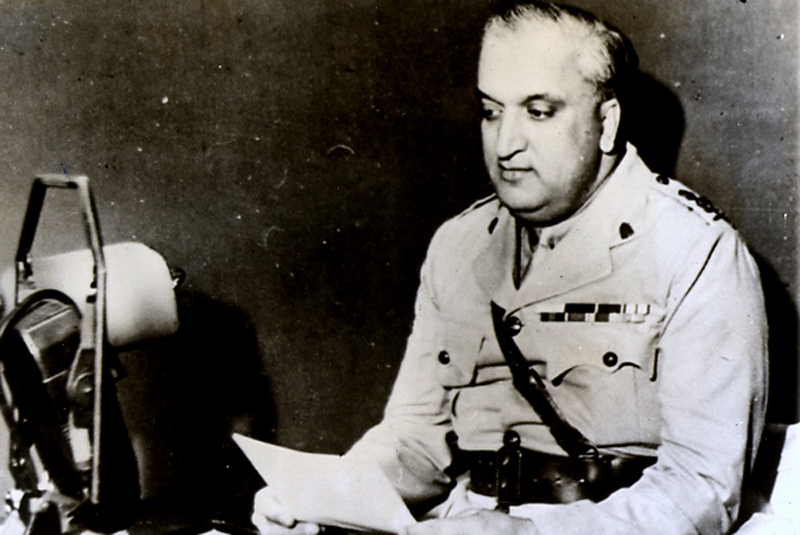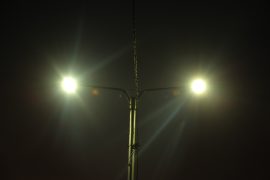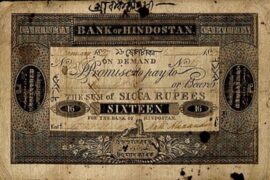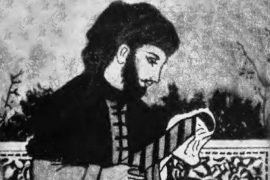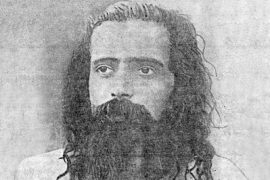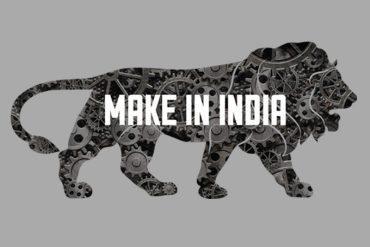The 1940s was a period of great turmoil in the Indian subcontinent. British India was partitioned into two countries – India and Pakistan. India, a country with a Hindu majority, was to be a secular country; Pakistan, an Islamic republic. Over 500 princely states, ruled by Maharajas and kings, joined the Indian union.
Of these, ‘the most important was and is Jammu and Kashmir.’ At 84, 471 square miles, it is a large state, which, for geopolitical reasons, is of enormous strategic significance. It shares its borders with Pakistan, Afghanistan, Chinese Xinjiang, and Tibet. A narrow tract of Afghan territory separated it from the Soviet Union. Mostly nestled in the Himalayas, it is known for its astounding natural beauty. But its location bestows enormous strategic significance to the state, especially after 15 August 1947.
Historically, the state of Jammu and Kashmir was known for its religious diversity and cultural pluralism. With a population of four million– a mix of Hindus, Muslims (Sunnis, Shias, Ismailis), Sikhs, and Buddhists– thinly spread across five main regions, Jammu and Kashmir was known for harmonious coexistence across religious and cultural lines; Kashmiriyat was the term used to describe the amity and goodwill among communities.
At the time, a man named Hari Singh, who ascended the throne in 1925, ruled Jammu and Kashmir. Known for his penchant for horse racing and hunting, Hari Singh, much like other Maharajas of his time, was cocooned in royal luxury and a life of excess and privilege. As his fourth and youngest queen complained, he “never meets the people–that’s the trouble. He just sits surrounded by fawning courtiers and favourites, and never really gets to know what is going on outside.” Oddly, he was also a Hindu ruler who ruled over a state with a Muslim majority population.
-30-
Copyright©Madras Courier, All Rights Reserved. You may share using our article tools. Please don't cut articles from madrascourier.com and redistribute by email, post to the web, mobile phone or social media.Please send in your feed back and comments to [email protected]

